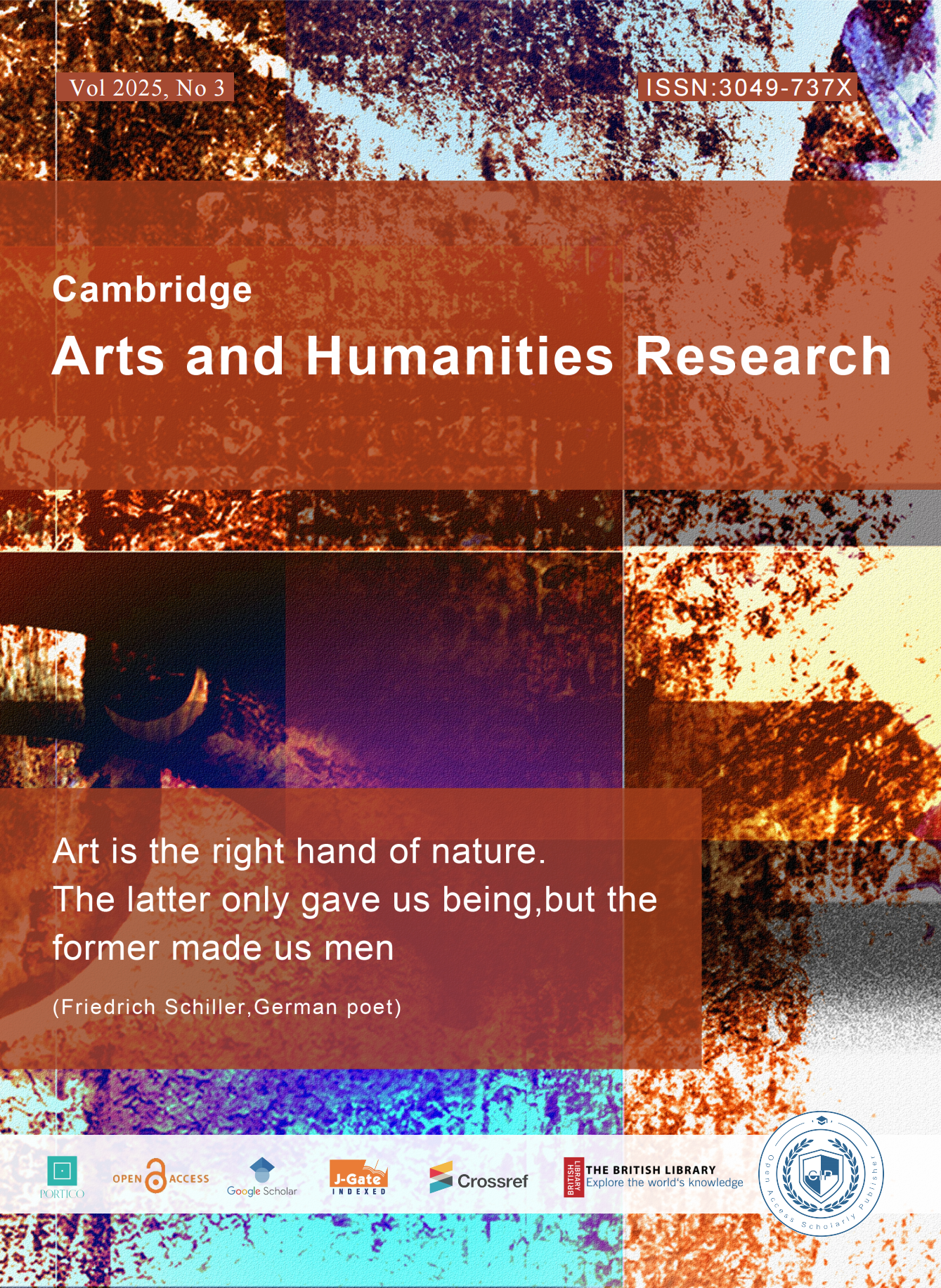Published 12-06-2025
Keywords
- Brushwork and ink,
- Literati painting,
- Cultural connotation
Copyright (c) 2025 Cambridge Arts and Humanities Research

This work is licensed under a Creative Commons Attribution-NonCommercial 4.0 International License.
Abstract
As one of the most important expressive languages and forms in Chinese painting, brushwork and ink not only play the most crucial artistic role in a painting but also guide Chinese painting to stay on course throughout history. Reflecting the national cultural spirit, literati painting has shaped its own charming image with its profound cultural character. Chinese painting should not be content with general formal expression; instead, it must delve into a deeper artistic realm. Over a thousand years, the richness and profundity of the changes in brushwork and ink are the inevitable results of the maturation of the aesthetic consciousness of literati painting. Its profound cultural accumulation shines even brighter in today’s diverse art world.
References
- Yu Jianhua. A History of Chinese Painting. Southeast University Press,2009.
- Wang Bomin. A History of Chinese Painting. Shanghai: Shanghai People's Fine Arts Publishing House,1983.
- Zong Bai Hua. Aesthetic Walks. Shanghai: Shanghai People's Publishing House,1997.
- Zeng Chang Qiu. Chinese Traditional Culture. Central South University Press,2004.

